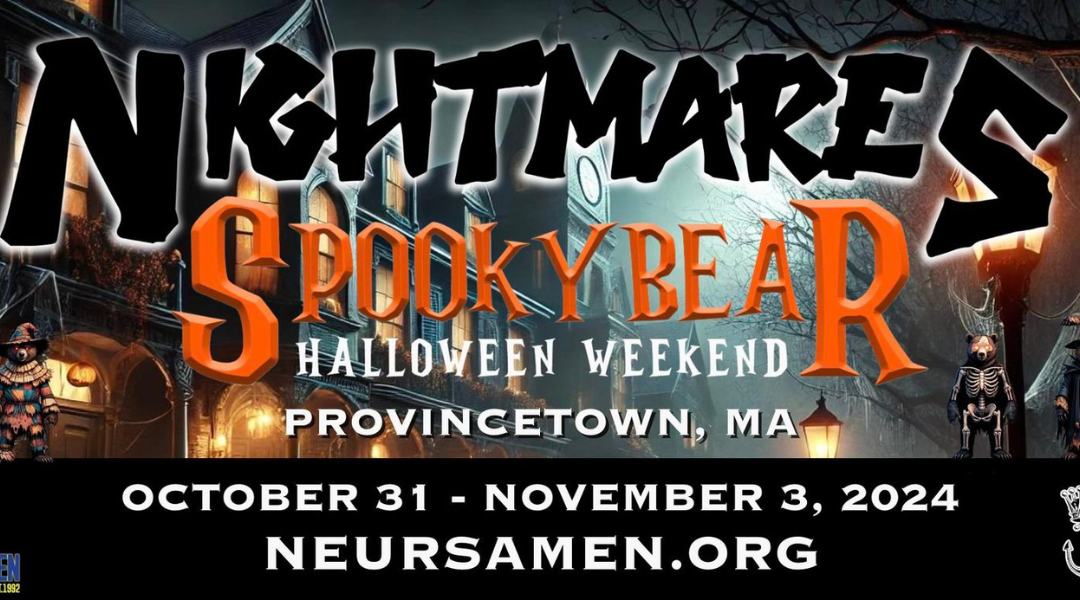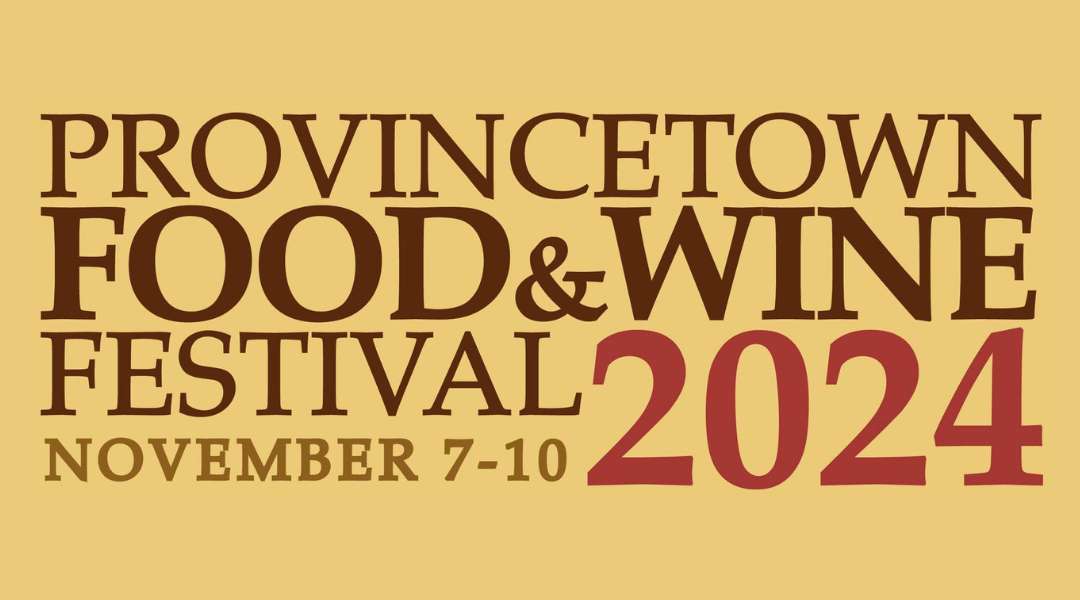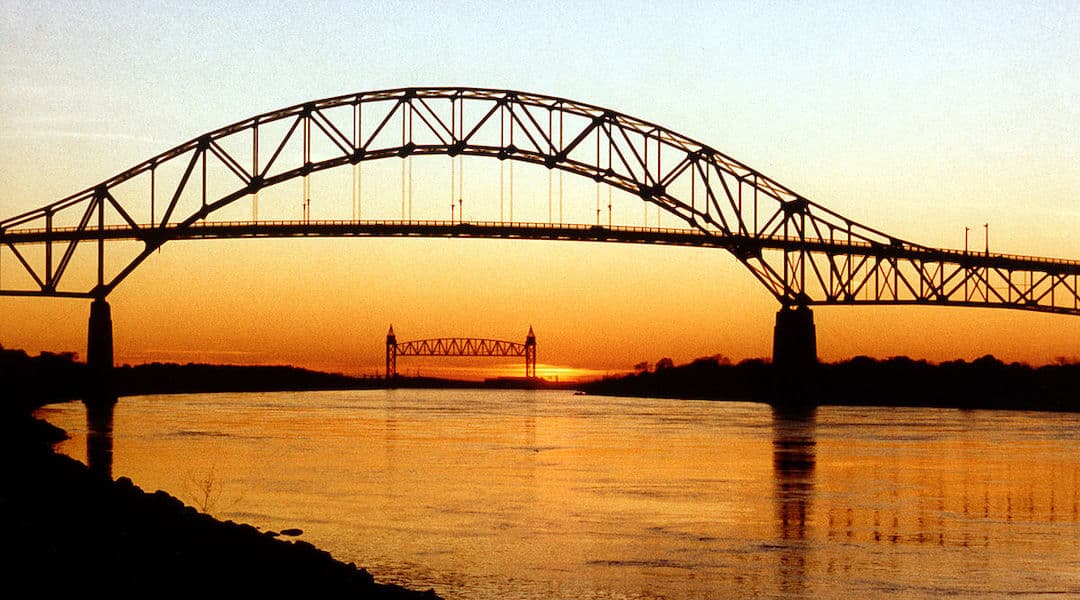
More Recent Provincetown News

Here is your Guide to Halloween in Provincetown. Spooky Bear Weekend in Provincetown is an opportunity to “do” Halloween right—Nightmares style! Northeast Ursamen will be Spooky! Spooky Bear Weekend Tea Dance Thursday Oct 31 – Sunday Nov 3 4pm...

The Provincetown Food & Wine Festival is celebrating its fourth year in Provincetown, MA from November 7-10. Events held throughout town at a variety of venues. We turn the spotlight on to restaurants and hospitality in this celebratory event. A wide...

There’s a certain power in laughing at something one fears, and Meryl Cohn takes full advantage of that impulse in The Fade-Away Advantage, now at the Provincetown Theater through October 20. Jojo (Susan Lambert) and Michaela (D’Arcy Dersham) have a...


 Accommodations
Accommodations  Art
Art  Bars
Bars  Books
Books  Entertainment
Entertainment  Events
Events  Featured
Featured  Guides
Guides  History
History  Literary stuff
Literary stuff  Most Popular
Most Popular  Provincetown News
Provincetown News  Restaurants
Restaurants  Reviews
Reviews  Shopping
Shopping  Theatre
Theatre  Uncategorized
Uncategorized  Weed
Weed